Keynesian policy requires an expansionist Central State and Bank bent on imposing central planning on every level of the economy. Keynesians are natural partners with the neofeudal financial Aristocracy which benefits so enormously from Keynesian print-borrow-blow policies.
Here is the standard Keynesian cargo-cult analysis of our economic woes:
1. The problem is a lack of aggregate demand, i.e. people buying stuff and services.
2. As a result, the economy is running below capacity, i.e. economic output is below potential.
3. The solution is fiscal and monetary stimulus, i.e. the Central State borrowing and spending trillions on politically directed programs and the Federal Reserve printing and injecting trillions of "free money" dollars into the financial sector to boost borrowing and lending.
The cargo-cult program has failed for a number of fundamental reasons. Let's illuminate these reasons with a few thought experiments.
1. If we borrow or print $1 trillion and bury it in the ground, how much demand does it create? Answer: none, of course; it just sits there, utterly inactive. The Fed has printed around $2 trillion and made huge sums available to the financial sector at 0% interest. Most of the funds are sitting in the Fed as reserves, doing nothing except earning interest for the banks who borrowed it at 0%.
The velocity of this money is essentially zero: it goes nowhere and does nothing to stimulate demand. If we print $1 trillion and give it to the banks to lend to businesses and consumers, but nobody wants to borrow any money at any price, then it is a equivalent of burying the $1 trillion in a hole. The velocity of money is in a free-fall:
The Keynesians do not understand diminishing returns: the Fed could print another $1 trillion and that enormous sum wouldn't increase aggregate demand at all. Heck, make it $10 trillion; the mechanism is broken and increasing the sum of money available cannot fix it.
2. If we borrow and distribute $1 trillion to households who promptly buy $1 trillion of cheap junk from Asia, how much did that "increase in aggregate demand" do to boost the U.S. economy's capacity or output? Answer: very little. A relative handful of workers in the transport sector moved the goods from Long Beach Harbor to Walmarts and Targets around the nation, and the shippers and retail giants skimmed a thin margin of profit from the churn, but the capacity and output of the U.S. economy barely budged because the supply chain for this $1 trillion in "always low prices" low-quality junk lies elsewhere in the world.
If some sliver of the $1 trillion bought Apple products, then much of that money flows through the low-profit-margin Asian supply chain to Apple's Cupertino, CA headquarters. Corporate profits are nice for the top 5% who own the vast majority of stocks in the U.S., but once again they do little to boost capacity utilization.
How much of the Keynesian stimulus has trickled down to the employed bottom 90%? It looks like much of it flowed to the parasitic financial sector.
Keynesian policy requires an expansionist Central State and Bank bent on imposing central planning on every level of the economy. Keynesians are natural partners with the neofeudal financial Aristocracy which benefits so enormously from Keynesian print-borrow-blow policies.
Who handles all that Central State debt? The Wall Street broker-dealers, that's who. Who gets to borrow money at 0% interest from the Keynesian Central Bank? Wall Street banks, that's who (you and I don't get that perquisite). No wonder financial profits have soared under the Keynesian "stimulus" (The Keynesians have perfected an Orwellian lexicon).
Keynesians don't understand that their policies (deficit spending and low-interest easy money) create speculative debt bubbles. They also don't understand that post-bubble economies do not respond to more stimulus (diminishing returns again) because the economy is burdened by impaired debt and phantom collateral; it is a neofeudal debt-serf wasteland with few opportunities for business expansion.
No wonder small businesses are evaporating like ice cubes scattered on a Death Valley highway in July.
Employees are not faring any better under the Keynesian jackboot. Wage earners are earning less in the Keynesian regime:
Labor's share of the national income is in free-fall. Once again, the Keynesian policy is to inflate a speculative credit bubble and then after it bursts, "stimulate" the debt-serf economy by handing the financial sector $16 trillion in guarantees, backstops and subsidies and unlimited access to free money ay 0% interest.
3. With 28% of Americans pulling money out of their 401K retirement accounts to get by and Baby Boomers desperately working past retirement to rebuild their stripmined net worth, who is left to borrow the money the Keynesians gave the banks at 0% interest? Answer: very few. The top 10% are shedding debt, even though they own the majority of the nation's stocks and bonds.
he majority of companies and households that are getting loans are those refinancing existing debt to lower their monthly payments. Refinancing might add a thin sliver of demand from reduced interest payments, but those reaping the modest increase in disposable income might decide to save that cash rather than squander it, as the Keynesians hoped. Saving and spending wisely is--horrors!--austerity.
It's difficult to retire on Keynesian promises of the speculative-bubble-bogus-prosperity fleet returning any day now. The cargo cult's chants and dances are getting as tiresome as their grandiose policy failures.
New instrumental song (5:36) by CHS and Coconut Charlie: Alex and Daz Theme(raggae/rock/jazz with a blistering solo--don't miss it!)
Things are falling apart--that is obvious. But why are they falling apart? The reasons are complex and global. Our economy and society have structural problems that cannot be solved by adding debt to debt. We are becoming poorer, not just from financial over-reach, but from fundamental forces that are not easy to identify or understand. We will cover the five core reasons why things are falling apart:
 1. Debt and financialization
1. Debt and financialization
2. Crony capitalism and the elimination of accountability
3. Diminishing returns
4. Centralization
5. Technological, financial and demographic changes in our economy
Complex systems weakened by diminishing returns collapse under their own weight and are replaced by systems that are simpler, faster and affordable. If we cling to the old ways, our system will disintegrate. If we want sustainable prosperity rather than collapse, we must embrace a new model that is Decentralized, Adaptive, Transparent and Accountable (DATA).
We are not powerless. Not accepting responsibility and being powerless are two sides of the same coin: once we accept responsibility, we become powerful.
10% discount on the Kindle edition: $8.95(retail $9.95) print edition: $24 on Amazon.com
To receive a 20% discount on the print edition: $19.20 (retail $24), follow the link, open a Createspace account and enter discount code SJRGPLAB. (This is the only way I can offer a discount.)
| Thank you, Michael S. ($10), for your much-appreciated generous contribution to this site -- I am greatly honored by your support and readership. | | Thank you, Hilgenstock C. ($25), for your most generous contribution to this site --I am greatly honored by your support and readership. |
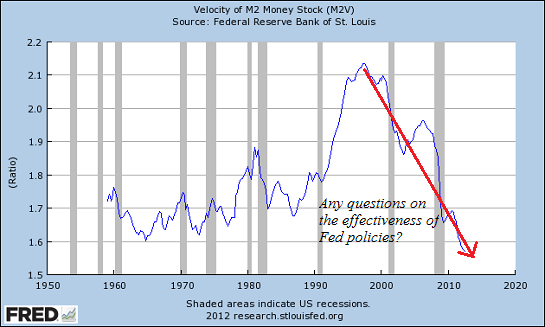
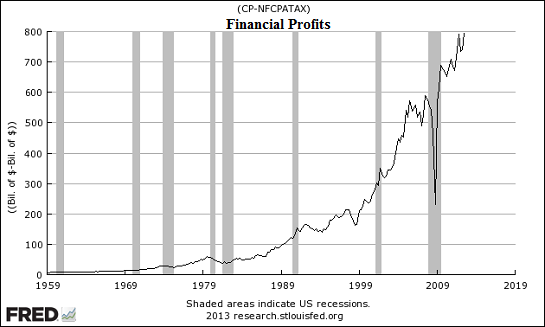
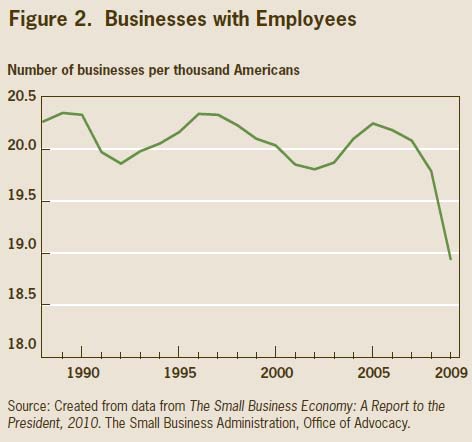
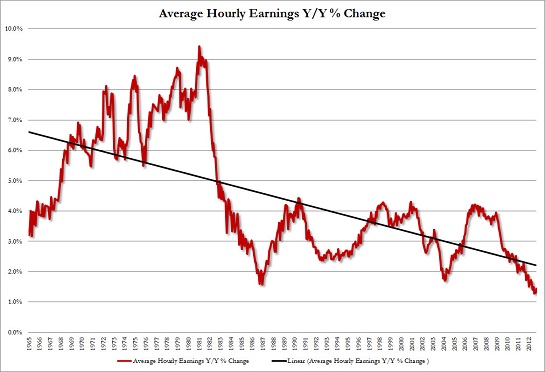
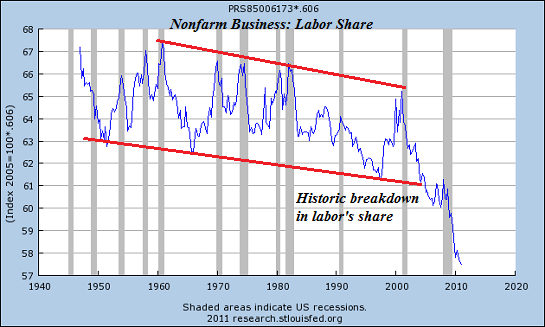
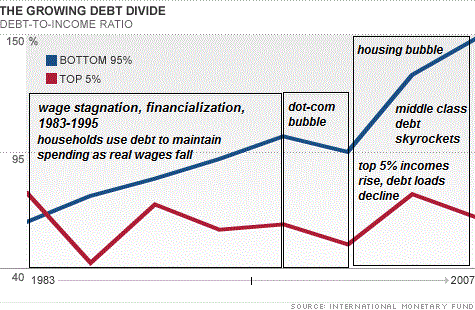
 1. Debt and financialization
1. Debt and financialization

























